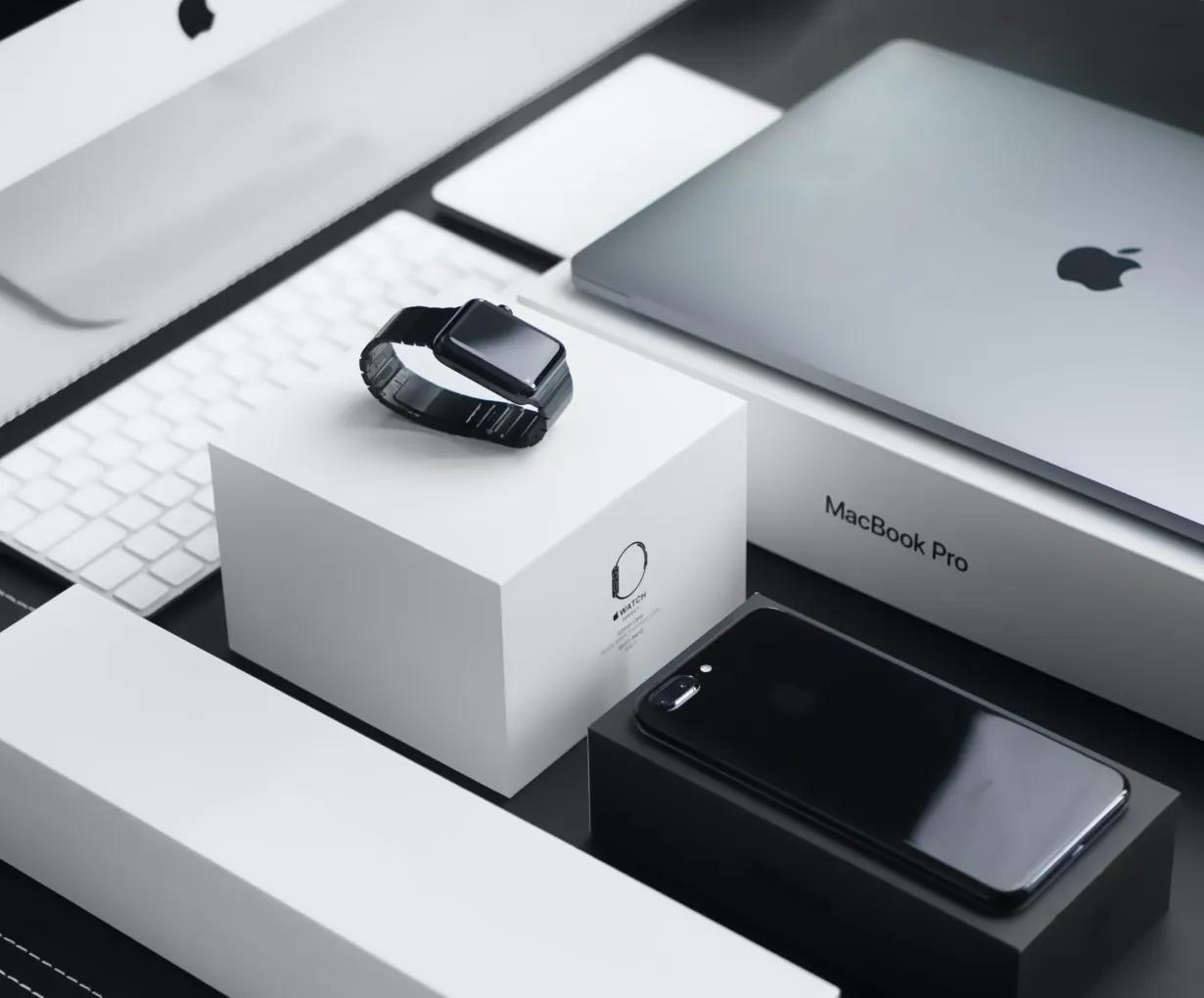In the enchanting realm of technology, Apple has woven a tapestry of sleek design and cutting-edge innovation, creating a user experience that is often hailed as seamless and extraordinary.
The Positives:
- User-Friendly Interface: Apple’s commitment to a user-friendly interface is a hallmark of its products. The intuitive design of iOS and macOS platforms ensures that even novices can navigate devices effortlessly. This simplicity extends across all Apple products, creating a consistent and enjoyable user experience.
- Build Quality and Aesthetics: Apple’s commitment to premium build quality and aesthetics is unrivaled. From iPhones to MacBooks, the attention to detail and use of high-quality materials contribute to devices that not only perform well but also look and feel luxurious. The seamless integration of hardware and software enhances the overall appeal.
- Ecosystem Integration: One of Apple’s strengths lies in the integration of its ecosystem. Apple devices effortlessly sync with each other, allowing users to transition from an iPhone to a MacBook or iPad seamlessly. Features like Handoff, AirDrop, and iCloud ensure a cohesive and interconnected user experience.
- App Store Quality Control: The App Store’s stringent quality control measures contribute to a curated selection of applications. Users can trust that the apps available are well-designed, secure, and optimized for their devices. This results in a more stable and secure software environment.
- Security and Privacy Focus: Apple prioritizes user security and privacy. The closed nature of the ecosystem, coupled with robust security features, makes Apple products less susceptible to malware and security breaches. Features like Face ID and Touch ID add an extra layer of security, while privacy-focused policies offer users control over their data.
The Negatives:
- High Price Tag: The premium quality and design of Apple products come at a cost. Apple devices are often more expensive than their competitors, placing them out of reach for some budget-conscious consumers. The “Apple tax” is a notable downside for those seeking cost-effective alternatives.
- Limited Customization: Apple’s closed ecosystem, while providing a seamless experience, limits customization options. Unlike Android, iOS users have restricted control over the appearance and behavior of their devices. This lack of customization might be a drawback for users who prefer more control over their user interface.
- Proprietary Ecosystem Lock-In: The integration of Apple products is a double-edged sword. While it enhances the user experience, it can also create a sense of dependency. Users heavily invested in the Apple ecosystem may find it challenging to switch to other platforms due to compatibility issues and the proprietary nature of Apple technologies.
- Limited Compatibility: Apple’s closed ecosystem can lead to compatibility issues with non-Apple devices and services. For example, Apple’s reluctance to adopt standard connectors can be inconvenient, requiring users to invest in specific accessories or adapters to connect to non-Apple devices.
- Limited Device Customization: Apple devices, while sleek and well-designed, offer limited hardware customization options. Users who prefer to upgrade or modify their devices might find this lack of flexibility frustrating. Apple’s approach of tightly controlling both hardware and software limits the extent to which users can modify their devices.
Conclusion: Balancing the Scales
As we weigh the positives and negatives of Apple products, it becomes clear that the choice to embrace this ecosystem is a personal one. The unparalleled user experience, security features, and ecosystem integration must be weighed against the higher price points, limited customization, and potential lock-in. Apple’s commitment to innovation and design excellence has undoubtedly shaped the tech landscape, and for many, the positives far outweigh the negatives. Ultimately, the decision to dive into the Apple ecosystem depends on individual preferences, needs, and budget constraints.
Incieto.
